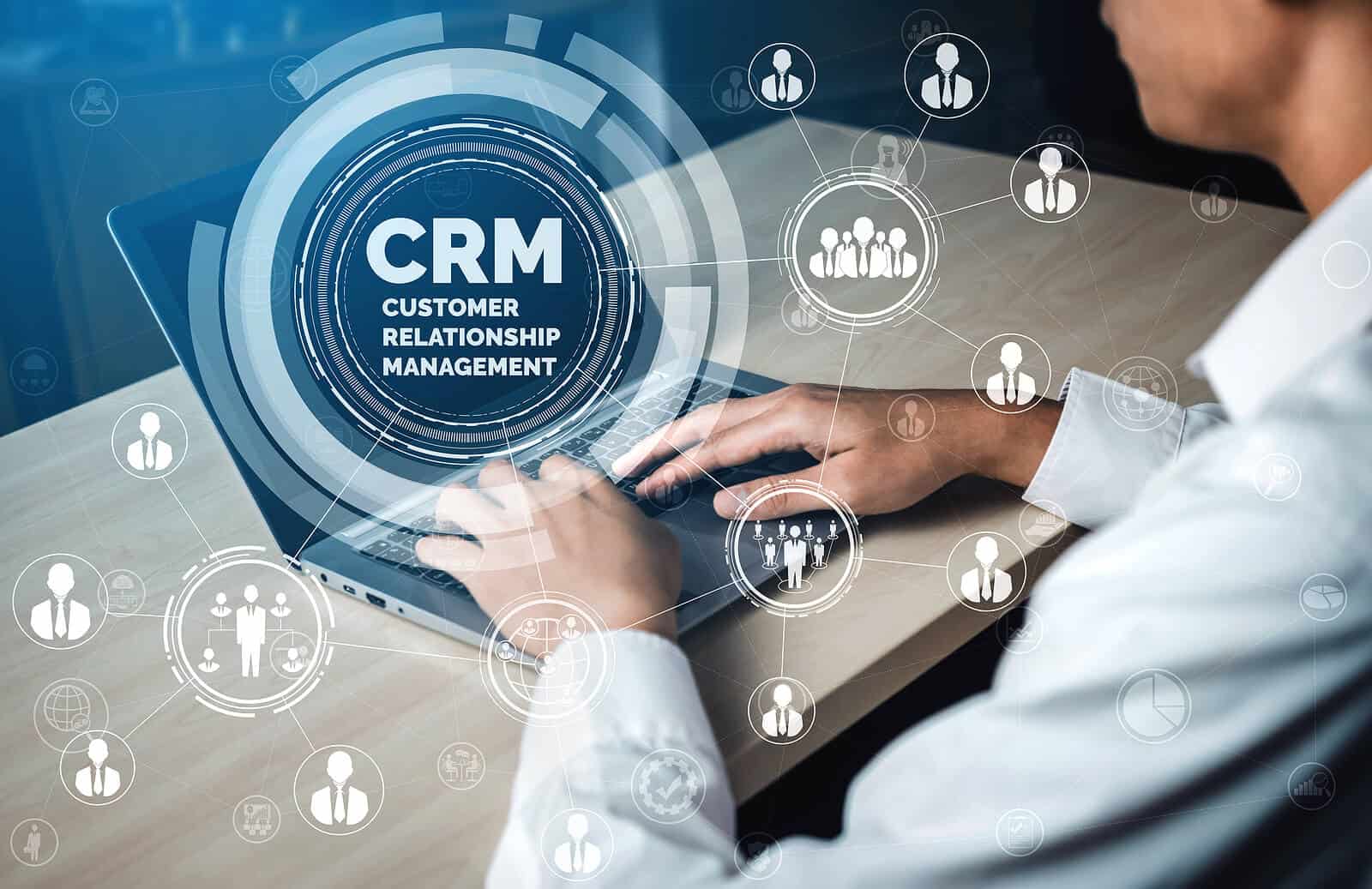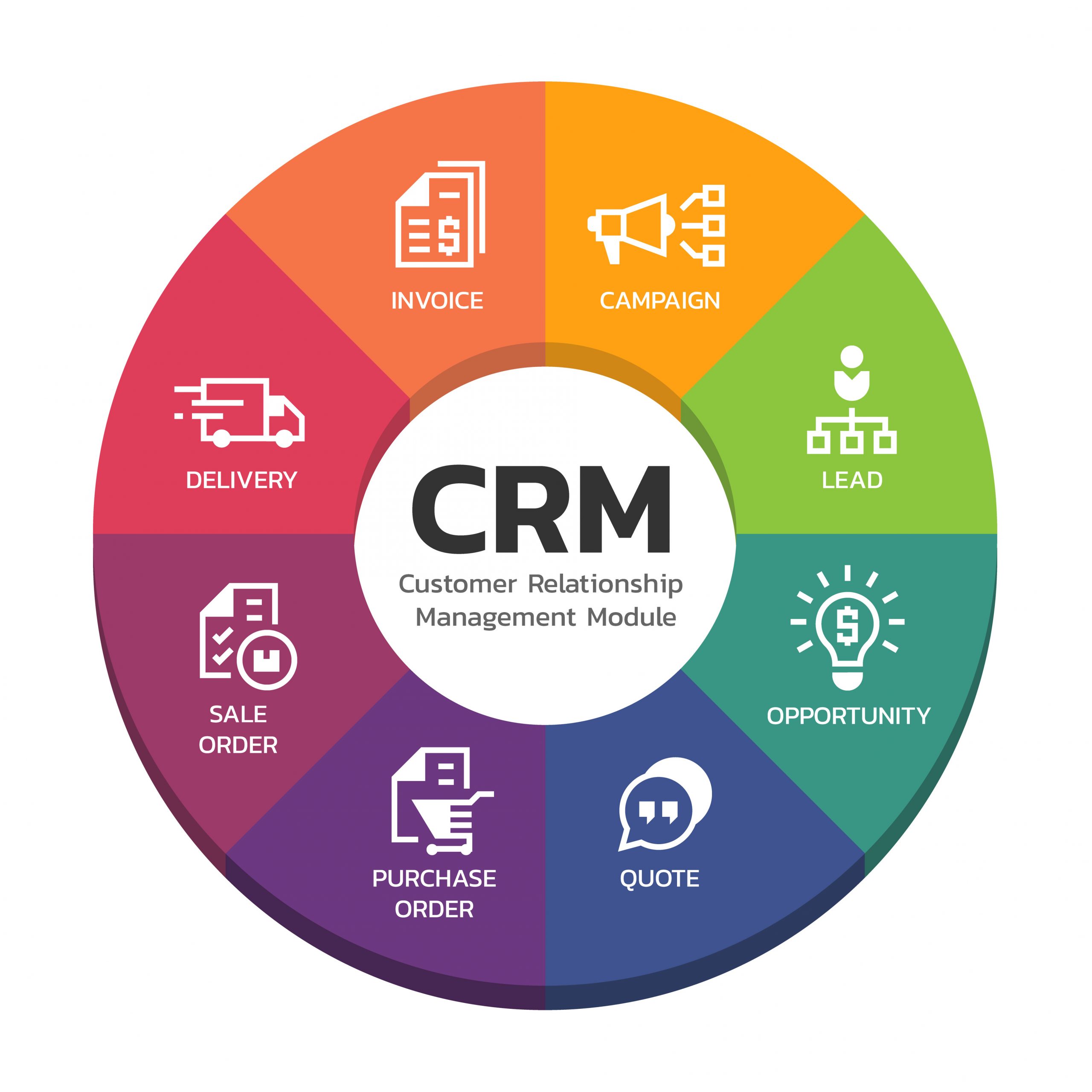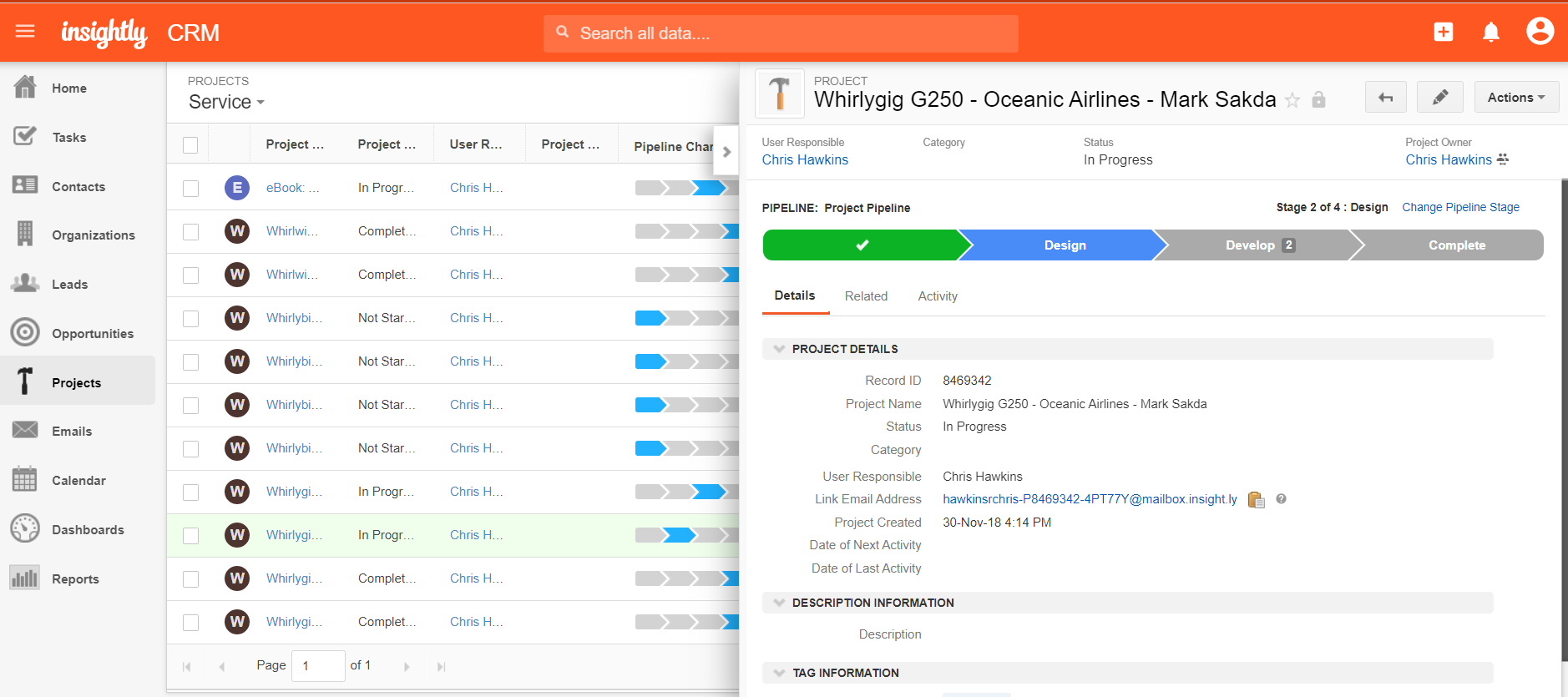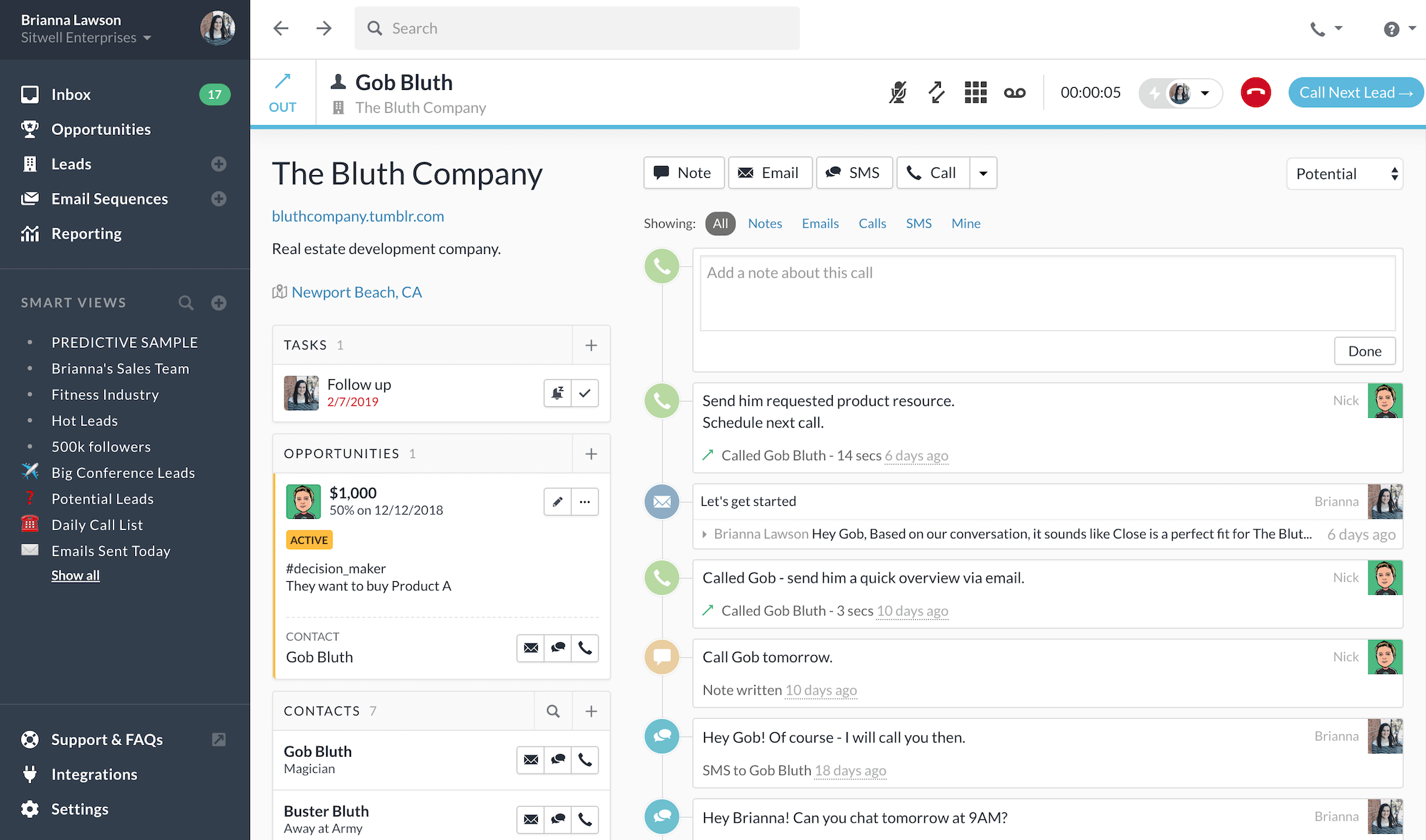Application CRM, the heart of customer management, unlocks a world of possibilities for businesses seeking to nurture relationships, drive sales, and optimize customer experiences. Delve into this comprehensive guide to unravel the secrets of application CRM and empower your business with the tools to succeed in today’s competitive market.
Understanding Application CRM
Application Customer Relationship Management (CRM) is a technology that helps businesses manage and track their interactions with customers. It provides a centralized platform for storing customer data, managing sales pipelines, and tracking customer service requests.
There are many different types of application CRM, each designed to meet the specific needs of different businesses. Some of the most common types of application CRM include:
- Sales CRM:Helps businesses manage their sales pipelines and track customer interactions.
- Marketing CRM:Helps businesses manage their marketing campaigns and track customer engagement.
- Service CRM:Helps businesses manage their customer service requests and track customer satisfaction.
Application CRM can provide a number of benefits for businesses, including:
- Improved customer service:Application CRM can help businesses provide better customer service by giving them a centralized view of all customer interactions.
- Increased sales:Application CRM can help businesses increase sales by providing them with a better understanding of their customers’ needs.
- Improved marketing:Application CRM can help businesses improve their marketing campaigns by providing them with better insights into their customers’ behavior.
However, there are also some challenges associated with using application CRM. Some of the most common challenges include:
- Cost:Application CRM can be expensive to implement and maintain.
- Complexity:Application CRM can be complex to use, especially for businesses with large numbers of customers.
- Data security:Application CRM stores sensitive customer data, so it is important to ensure that it is secure.
Overall, application CRM can be a valuable tool for businesses that want to improve their customer relationships. However, it is important to carefully consider the costs and challenges associated with using application CRM before making a decision.
Key Features of Application CRM

Application CRM (Customer Relationship Management) software provides a range of essential features that enhance customer management and improve relationships. These features streamline interactions, automate processes, and provide valuable insights into customer behavior.
Contact Management
Centralized contact management allows businesses to store and organize customer information, including contact details, demographics, and communication history. This facilitates easy access to customer data and enables personalized interactions.
Lead Management
Lead management features help businesses identify, qualify, and nurture potential customers. By tracking leads through the sales funnel, businesses can prioritize efforts and increase conversion rates.
Case Management
Case management capabilities provide a structured approach to resolving customer issues. By assigning cases to agents and tracking their progress, businesses can ensure timely resolution and improve customer satisfaction.
Marketing Automation
Marketing automation tools enable businesses to automate marketing campaigns, such as email marketing, social media marketing, and targeted advertising. This streamlines communication and improves campaign effectiveness.
Sales Forecasting
Sales forecasting features use historical data and predictive analytics to forecast future sales. This helps businesses plan resources, optimize inventory, and make informed decisions.
Customer Segmentation
Customer segmentation allows businesses to divide their customer base into distinct groups based on demographics, behavior, or other criteria. This enables targeted marketing and personalized customer experiences.
Analytics and Reporting, Application crm
Analytics and reporting capabilities provide businesses with valuable insights into customer behavior, sales performance, and marketing effectiveness. This data-driven approach helps businesses identify areas for improvement and make informed decisions.
Implementation and Integration of Application CRM

Implementing and integrating an application CRM system is a crucial step in maximizing its benefits. Here are the steps involved and best practices to ensure a successful implementation.
Steps Involved in Implementing Application CRM
- Planning and Assessment:Define project goals, scope, and timeline. Assess existing systems and processes to identify areas for improvement.
- Data Migration:Gather and clean data from legacy systems or other sources to populate the CRM system.
- System Configuration:Customize the CRM system to align with specific business requirements, including workflows, security, and reporting.
- Training and Adoption:Provide comprehensive training to users on the CRM system’s functionality and best practices.
- Deployment and Monitoring:Roll out the CRM system and continuously monitor its performance, making adjustments as needed.
Best Practices for Integrating Application CRM with Other Business Systems
- Identify Integration Points:Determine which business systems and data need to be integrated with the CRM system.
- Choose Integration Method:Select an integration method based on factors such as system capabilities, data volume, and security requirements.
- Establish Data Standards:Define common data formats and standards to ensure seamless data exchange between systems.
- Test and Validate Integration:Thoroughly test the integration to ensure data accuracy, performance, and security.
Advantages and Disadvantages of Different Integration Methods
| Integration Method | Advantages | Disadvantages |
|---|---|---|
| Point-to-Point Integration | – Simple and cost-effective for small-scale integrations
|
– Difficult to manage multiple integrations
|
| Enterprise Service Bus (ESB) Integration | – Provides a centralized platform for managing multiple integrations
|
– Can be complex and expensive to implement
|
| Application Programming Interface (API) Integration | – Enables direct communication between systems
|
– Requires technical expertise to develop and maintain APIs
|
Data Management and Security in Application CRM

Effective data management is paramount in application CRM systems. It ensures data accuracy, accessibility, and organization, enabling businesses to make informed decisions and streamline their operations.
Data Security Measures
Application CRM systems implement robust data security measures to safeguard sensitive customer information. These measures include:
- Encryption:Data is encrypted both at rest and in transit, preventing unauthorized access.
- Authentication and Authorization:Users are authenticated and authorized based on their roles and permissions, ensuring only authorized personnel have access to sensitive data.
- Audit Trails:Detailed logs are maintained to track user activity, providing a record of any changes or accesses to data.
Industry Regulations and Compliance Requirements
Application CRM systems must adhere to industry regulations and compliance requirements related to data management, such as:
- General Data Protection Regulation (GDPR):Protects the personal data of individuals in the European Union.
- Health Insurance Portability and Accountability Act (HIPAA):Protects the privacy and security of health information in the United States.
- Payment Card Industry Data Security Standard (PCI DSS):Protects sensitive payment information.
Analytics and Reporting in Application CRM

Analytics and reporting are essential components of any CRM system. They provide businesses with the insights they need to understand their customers, improve customer service, and increase sales. Application CRM systems offer a variety of analytics and reporting capabilities that can be customized to meet the specific needs of each business.
The types of analytics available in application CRM systems include:
- Customer analytics:These analytics provide insights into customer behavior, such as their purchase history, website browsing habits, and social media interactions.
- Sales analytics:These analytics provide insights into sales performance, such as the number of leads generated, the conversion rate, and the average deal size.
- Marketing analytics:These analytics provide insights into the effectiveness of marketing campaigns, such as the number of leads generated, the cost per lead, and the return on investment.
Analytics can be used to improve customer service and sales in a number of ways. For example, businesses can use customer analytics to identify customers who are at risk of churning and take steps to prevent them from leaving. Businesses can also use sales analytics to identify opportunities to increase sales, such as by targeting customers who are most likely to buy a particular product or service.
Many application CRM systems include pre-built dashboards that provide businesses with a quick and easy way to view key metrics. These dashboards can be customized to include the specific metrics that are most important to each business.
Dashboard Example
The following dashboard demonstrates the key metrics tracked in application CRM:
| Metric | Description |
|---|---|
| Number of leads | The number of leads generated in a given period of time. |
| Conversion rate | The percentage of leads that are converted into customers. |
| Average deal size | The average value of a closed deal. |
| Customer lifetime value | The total amount of revenue that a customer is expected to generate over their lifetime. |
| Customer churn rate | The percentage of customers who cancel their subscription or stop doing business with a company in a given period of time. |
These are just a few of the many analytics and reporting capabilities that are available in application CRM systems. By using these capabilities, businesses can gain valuable insights into their customers, improve customer service, and increase sales.
Trends and Future of Application CRM

The future of application CRM is being shaped by several emerging trends, including the increasing adoption of cloud-based CRM solutions, the growing use of artificial intelligence (AI) and machine learning (ML), and the increasing focus on customer experience (CX).
Cloud-based CRM solutions are becoming increasingly popular because they offer a number of advantages over on-premises CRM solutions, including lower costs, greater flexibility, and easier scalability. AI and ML are also playing a increasingly important role in CRM, as they can be used to automate tasks, improve customer segmentation, and provide personalized recommendations.
Finally, the focus on CX is leading to a number of changes in the way that CRM systems are being used. In the past, CRM systems were primarily used to track customer interactions and manage sales pipelines. However, today’s CRM systems are being used to provide a more comprehensive view of the customer, and to help businesses deliver a more personalized and engaging customer experience.
Impact of Artificial Intelligence and Machine Learning on Application CRM
AI and ML are having a significant impact on application CRM. AI can be used to automate tasks, improve customer segmentation, and provide personalized recommendations. For example, AI can be used to:
- Automate tasks such as data entry, lead scoring, and customer segmentation.
- Improve customer segmentation by identifying patterns and trends in customer data.
- Provide personalized recommendations to customers based on their past behavior and preferences.
ML can be used to improve the accuracy of AI models over time. By learning from data, ML models can become more accurate at predicting customer behavior and providing personalized recommendations.
Epilogue
As we conclude our exploration of application CRM, remember that it’s not just a software solution but a transformative force that empowers businesses to connect with their customers on a deeper level. Embrace the power of application CRM, and watch your business soar to new heights of success.
FAQ: Application Crm
What is the purpose of application CRM?
Application CRM helps businesses manage customer interactions, track sales, and improve customer service.
What are the benefits of using application CRM?
Improved customer satisfaction, increased sales, better decision-making, and enhanced productivity.
How do I choose the right application CRM for my business?
Consider your business size, industry, and specific needs when selecting an application CRM.
